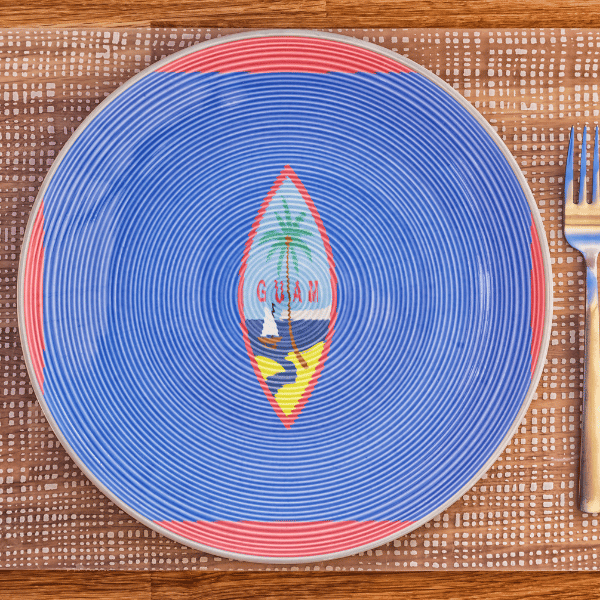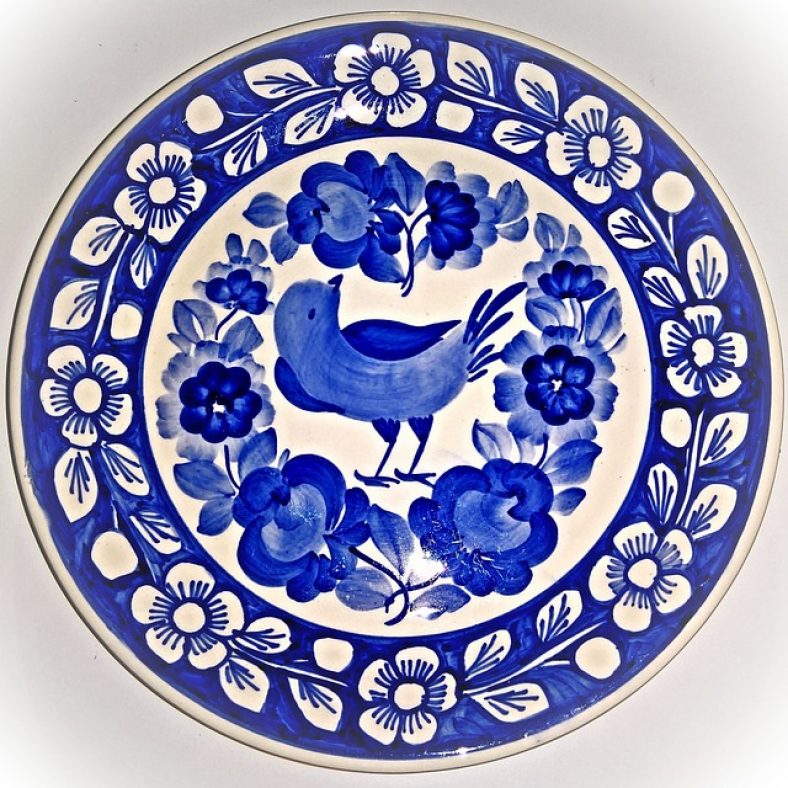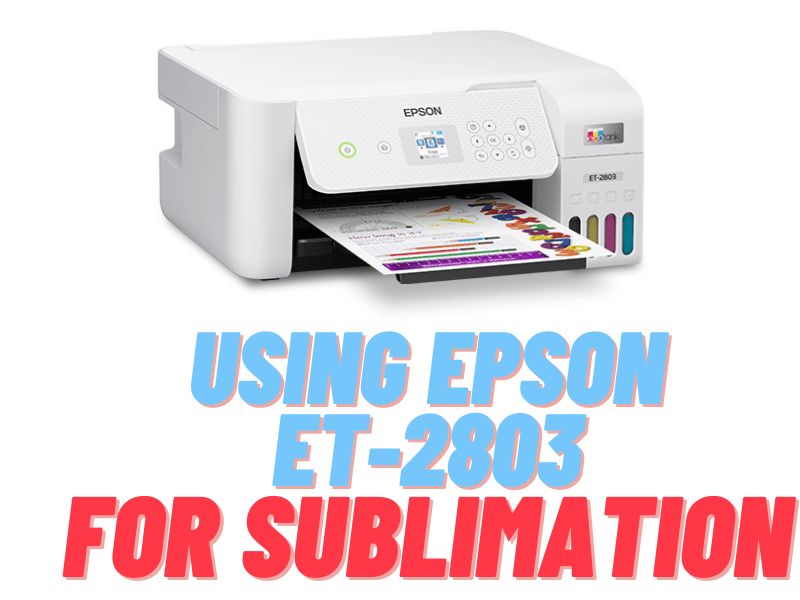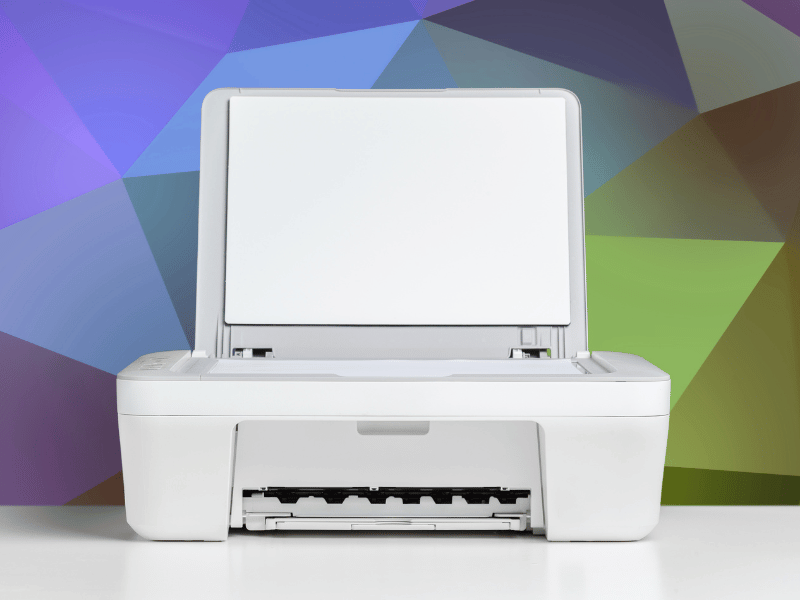Sublimation plates have gained popularity for their stunning and vibrant designs that can transform a simple meal into an artful experience. But when it comes to using these plates for serving food, one common concern that arises is their safety. Are sublimation plates food safe? This article will delve into the various aspects of sublimation plates, including what they are, how they are made, and whether they are safe for serving food. Read on to discover everything you need to know about sublimation plates and their food safety.
What Are Sublimation Plates?
Sublimation plates are a type of dishware, typically made of ceramics, that feature designs and images transferred onto the surface using a sublimation printing process. This process involves using heat and pressure to transfer dye onto the plate’s surface, resulting in intricate and vibrant designs that are both visually appealing and durable.
How Are Sublimation Plates Made?
- Selection of Base Material: Sublimation plates are usually made from high-quality ceramics, which are known for their durability, heat resistance, and ability to hold up to food and beverages.
- Printing Process: The sublimation printing process involves creating a design on a special type of paper using sublimation ink. This design is then transferred to the plate using heat and pressure, allowing the ink to penetrate the ceramic surface and become a permanent part of the plate.
- High-Temperature Firing: After the design is transferred, the plate undergoes a high-temperature firing process. This ensures that the sublimated design is fully integrated into the plate and won’t fade or wash away over time.
Are Sublimation Plates Food Safe?

The safety of sublimation plates for serving food depends on various factors:
- Materials: Sublimation plates are typically made from food-safe ceramics, which are safe for contact with food. Ensure that the manufacturer uses high-quality, lead-free, and non-toxic materials.
- Heat Resistance: Sublimation plates can withstand the heat of hot food and beverages without leaching harmful chemicals. They are microwave and dishwasher safe, making them convenient for daily use.
- Design Integration: The sublimation process ensures that the design becomes a permanent part of the plate, eliminating any risk of ink or chemicals transferring onto the food.
- Quality Assurance: To guarantee food safety, purchase sublimation plates from reputable manufacturers or suppliers who adhere to food safety standards and regulations.
- Cleaning Instructions: Follow the manufacturer’s cleaning instructions to maintain the integrity of the sublimated design and prevent any potential issues with food safety.
Can You Sublimate On Any Plate?
Sublimation is a printing process that allows you to transfer designs and images onto various surfaces, including plates. However, it’s important to note that you cannot sublimate on just any type of plate. To successfully sublimate on a plate, you need to consider the following factors:
- Plate Material: Sublimation works best on materials that can absorb and hold the sublimation ink. Plates made from ceramics, porcelain, or materials with a polymer coating are suitable for sublimation. These materials have a porous surface that allows the ink to be absorbed and become a permanent part of the plate.
- Coating: Many sublimation plates are coated with a special sublimation coating. This coating is essential for the ink to adhere and produce a vibrant, long-lasting design. Plates without a sublimation coating may not yield the desired results.
- Smooth, White Surface: Sublimation works best on plates with a smooth, white, or light-colored surface. The base color of the plate can affect the final appearance of the sublimated design, so it’s crucial to choose plates that provide a good contrast for your intended design.
- Heat Resistance: The plate material must be able to withstand the heat required for sublimation (usually around 350-400 degrees Fahrenheit). Plates that cannot handle these high temperatures may warp, crack, or get damaged during the process.
- Shape and Size: The shape and size of the plate should be compatible with your sublimation equipment, such as a heat press. Flat, round, or curved plates can be sublimated, but you’ll need the appropriate sublimation attachment or jig to ensure an even transfer.
- Compatibility with Sublimation Inks: Ensure that the plates are compatible with sublimation inks and that the inks can adhere well to the chosen plate material.
When considering sublimation on a plate, it’s best to purchase plates specifically designed for sublimation. These plates are typically pre-coated, and their quality and compatibility with sublimation inks are assured. Sublimation plates are available in various shapes and sizes, allowing you to create customized and visually appealing designs for your dining or gifting needs.
In summary, while you cannot sublimate on any plate, you can successfully sublimate on plates made from suitable materials, with the right coatings, smooth surfaces, and the ability to withstand the heat and pressure of the sublimation process. Always follow the manufacturer’s guidelines and recommendations for the specific sublimation equipment and materials you are using.
How To Sublimate A Plate Without A Heat Press:
Sublimating a plate without a heat press can be challenging, as a heat press is the most common and efficient tool for applying the heat and pressure required for the sublimation process. However, if you don’t have access to a heat press, you can attempt sublimation using an alternative method, such as an oven or a heat gun. Here’s a basic guide on how to sublimate a plate without a heat press:
Materials You’ll Need:
- Sublimation-ready plate: Ensure you have a plate made from sublimation-compatible materials, such as ceramics with a sublimation coating.
- Sublimation ink and paper: Use sublimation ink and sublimation paper for your design.
- Heat-resistant tape: To secure the design on the plate.
- Conventional oven or heat gun: To provide the heat needed for sublimation.
Steps:
- Prepare Your Design:
- Create or choose the design you want to sublimate on the plate.
- Print the design on sublimation paper using sublimation ink. Make sure to mirror the image if it contains text.
- Attach the Design to the Plate:
- Place the design on the plate’s surface, ensuring it is centered and aligned as desired.
- Use heat-resistant tape to secure the sublimation paper to the plate. Make sure it’s tightly taped, so there’s no movement during the process.
- Oven Method:
- Preheat your conventional oven to the recommended temperature for sublimation (usually around 350-400 degrees Fahrenheit).
- Place the plate with the secured design into the oven.
- Monitor the plate closely to ensure it doesn’t overheat or warp. Sublimation typically takes 10-15 minutes.
- Once the sublimation is complete, remove the plate carefully using heat-resistant gloves. Be cautious, as it will be very hot.
- Allow the plate to cool before removing the sublimation paper.
- Heat Gun Method:
- Secure the plate with the design in a flat and stable position.
- Use a heat gun to apply heat to the design. Move the heat gun evenly over the entire surface for an extended period until the sublimation is complete.
- The heat gun method can be more challenging to control and may require more time and effort compared to an oven or heat press.
- Remove Sublimation Paper:
- Once the sublimation process is finished, carefully remove the sublimation paper from the plate.
- You should now have a sublimated design on your plate.
It’s important to note that sublimating without a heat press may result in less consistent or vibrant results compared to using a heat press. The heat press provides even heat and pressure, which can produce higher-quality sublimated items. Therefore, using alternative methods should be considered when a heat press is not available, and the results may not be as predictable. Practice and experimentation may be required to achieve the best possible outcomes with your chosen method.
Conclusion:
Sublimation plates can add a touch of creativity and personalization to your dining experience, but their food safety is of paramount importance. When made from high-quality, food-safe ceramics and produced by reputable manufacturers, sublimation plates are safe for serving food and beverages. Always ensure that the materials are non-toxic, the designs are well-integrated, and proper care and cleaning are maintained to enjoy both the visual appeal and safety of these unique plates. So, in answer to the question, “Are sublimation plates food safe?” – when you know what to look for, the answer is a resounding yes.




